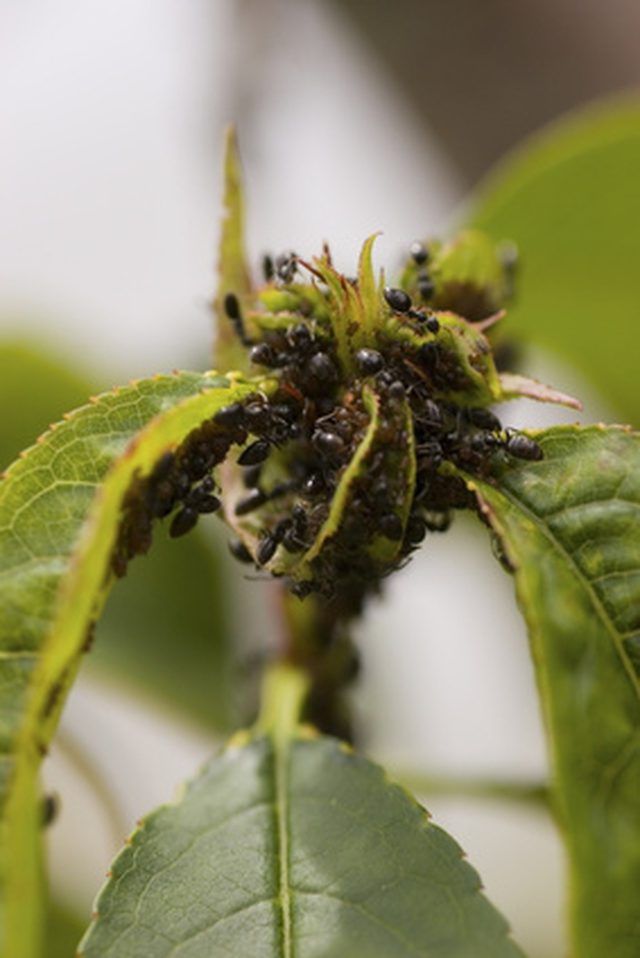Bulbs
Flower Basics
Flower Beds & Specialty Gardens
Flower Garden
Garden Furniture
Garden Gnomes
Garden Seeds
Garden Sheds
Garden Statues
Garden Tools & Supplies
Gardening Basics
Green & Organic
Groundcovers & Vines
Growing Annuals
Growing Basil
Growing Beans
Growing Berries
Growing Blueberries
Growing Cactus
Growing Corn
Growing Cotton
Growing Edibles
Growing Flowers
Growing Garlic
Growing Grapes
Growing Grass
Growing Herbs
Growing Jasmine
Growing Mint
Growing Mushrooms
Orchids
Growing Peanuts
Growing Perennials
Growing Plants
Growing Rosemary
Growing Roses
Growing Strawberries
Growing Sunflowers
Growing Thyme
Growing Tomatoes
Growing Tulips
Growing Vegetables
Herb Basics
Herb Garden
Indoor Growing
Landscaping Basics
Landscaping Patios
Landscaping Plants
Landscaping Shrubs
Landscaping Trees
Landscaping Walks & Pathways
Lawn Basics
Lawn Maintenance
Lawn Mowers
Lawn Ornaments
Lawn Planting
Lawn Tools
Outdoor Growing
Overall Landscape Planning
Pests, Weeds & Problems
Plant Basics
Rock Garden
Rose Garden
Shrubs
Soil
Specialty Gardens
Trees
Vegetable Garden
Yard Maintenance
Fruit Trees & Ants
Fruit Trees & Ants. Seeing a long trail of ants going up the trunk of your fruit tree and congregating on a particular branch can cause you to run for the ant spray, but, according to the University of California at Davis, the ants themselves do not damage fruit trees. It is the tiny aphids they are tending that cause the leaves to curl up and...

Seeing a long trail of ants going up the trunk of your fruit tree and congregating on a particular branch can cause you to run for the ant spray, but, according to the University of California at Davis, the ants themselves do not damage fruit trees. It is the tiny aphids they are tending that cause the leaves to curl up and turn brown, so you must manage both pests to prevent damage to your fruit trees. You are most likely to notice an infestation in early summer, when new shoot growth is at its height.
Identification
Aphids are 2 mm in size, and have soft, pear-shaped bodies; they may be green, brown, black, yellow or red. Aphids are not host-specific, so the same species may attack your cherry, plum and apple trees. They suck liquids from the underside of the leaves, usually the young, tender shoot tips. Other indicators of aphids, besides the ants, are curling leaves, stunted shoot growth, and a sticky substance on the leaves.
Ant-Aphid Relationship
The University of Washington Botanical Gardens explains that ants and aphids have a symbiotic relationship. Aphids digest leaf juices and excrete this sweet, sticky substance called honeydew, which then attracts the ants who eat it. Ants "milk" the aphids to have them excrete the honeydew, and they "tend" the aphids by protecting them from natural predators, including ladybugs, lacewings and wasps.
Possible Damage
Feeding damage to mature trees is usually minor and self-limiting, but young trees may be overcome if the infestation is extensive since defoliation can occur. Once the leaves are curled, they do not recover after pests are controlled, so it is important to identify the problem early. Aphids can carry diseases from one tree to another. The honeydew itself may cause black sooty mold to develop, which reduces photosynthesis in the leaves, and both can reduce fruit quality.
Prevention
Prevention begins in late winter with the use of dormant oil sprays, which smother the overwintering aphid eggs. You should follow the product directions exactly for the desired results. Using dormant oil spray when the tree is not dormant can cause extensive damage to the tree. Use a lower nitrogen or slow-release nitrogen fertilizer to slow shoot growth that attracts aphids in the spring.
Managing Aphids
You will have the best results from managing both the aphid and ant populations. For aphids on small young trees or localized infestations, wipe them off by hand or prune off the shoot tips where they are congregating. On larger trees, wash off aphids with water sprayed from the hose. Spraying the affected trees with insecticidal soap is the least-toxic way to kill aphids, but its effect is temporary and may need to be repeated every few days.
Managing Ants
To keep ants off trees, band them with heavy paper or tree paper, 2 to 3 inches wide, and paint it with Tanglefoot, or other similar product that is sticky, to trap the ants. Do not paint it directly onto the bark, as this will damage the tree. Check the paper every week or so and replace it when it becomes so covered with ants and debris that other ants can walk across the trap. You may use ant bait stations near the bases of trees to kill the entire ant colony.